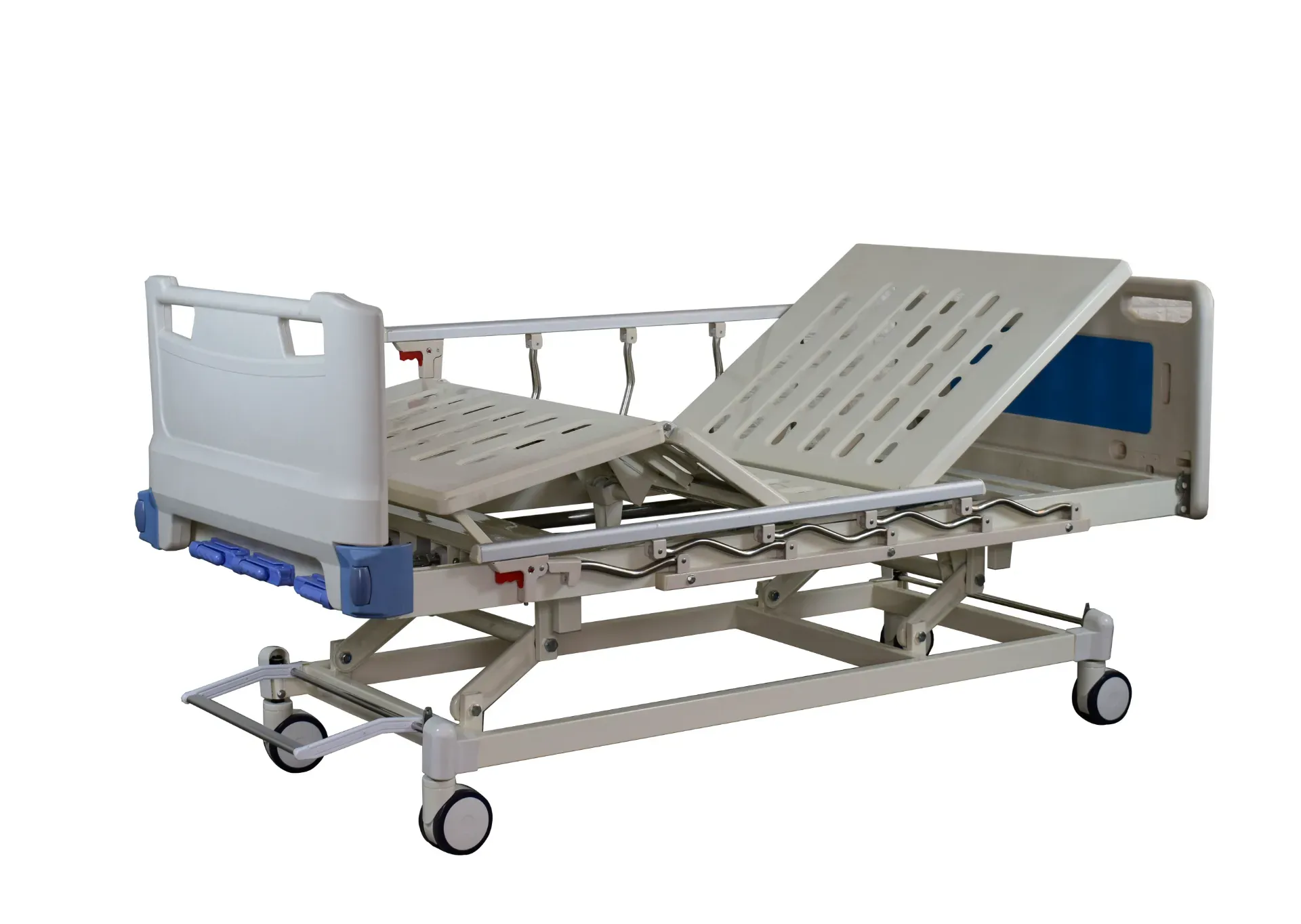Welcome to our websites!
Supportive Walking Aids for Seniors to Enhance Mobility and Independence
Walking Assistance for the Elderly Enhancing Mobility and Independence
As the global population ages, the need for effective walking assistance solutions for the elderly has become increasingly critical. Mobility is a vital aspect of maintaining independence and quality of life in older individuals. Difficulty in walking can lead to feelings of isolation, depression, and decreased functioning. Thus, developing methods and devices that facilitate walking is essential for promoting autonomy among the elderly.
One of the most common challenges faced by older adults is a decline in physical strength and balance, often exacerbated by health conditions such as arthritis, stroke, or Parkinson's disease. These issues can make the act of walking daunting and lead to an increased risk of falls, which can have severe consequences. Therefore, walking assistance devices and strategies are invaluable in empowering the elderly to stay active and engaged in their daily lives.
Types of Walking Assistance Devices
Walking assistance devices come in various forms, each designed to cater to different needs. The most common types include
1. Canes and Walking Sticks These are lightweight and easily portable tools that provide support and stability. They help distribute weight and improve balance. Canes come in various designs, including folding canes and those with ergonomic handles for better grip.
2. Walkers Walkers provide more substantial support than canes and are suitable for individuals who need more stability. They come equipped with four legs and offer a frame for users to lean on. Some models include wheels for easier movement, while others have a seat, allowing users to rest when needed.
3. Rollators These are a type of wheeled walker with a seat and hand brakes that offer mobility and convenience. Rollators allow the elderly to enjoy walks outdoors or run errands while providing a resting place and safe braking when needed.
4. Mobility Scooters For those with significant mobility limitations, mobility scooters are an excellent solution. They are battery-powered vehicles allowing users to navigate larger distances without the strain of walking.
walking assistance for elderly

5. Smart Assistive Devices Advances in technology have led to the development of smart walking aids. These may include sensors that alert caregivers in case of falls, GPS systems for navigation, and stability control systems that help prevent tipping over.
Benefits of Walking Assistance
Walking assistance devices not only enhance physical mobility but also contribute to mental well-being. Several benefits are associated with their use
1. Increased Independence By using walking aids, older adults can maintain a degree of independence, allowing them to manage personal tasks without relying on others.
2. Improved Physical Health Regular movement can help mitigate some health issues related to aging. Walking aids encourage regular physical activity, contributing to better cardiovascular health, enhanced muscle strength, and improved flexibility.
3. Social Engagement Maintaining mobility allows older adults to engage more with their community. Whether it’s walking in the park, attending social gatherings, or participating in recreational activities, mobility aids can enhance social interactions, combating loneliness and isolation.
4. Safety and Confidence The fear of falling can be paralyzing for many elderly individuals. Walking aids provide the support they need, boosting their confidence and encouraging them to venture out.
Conclusion
In conclusion, walking assistance for the elderly plays a crucial role in enhancing their mobility, independence, and overall quality of life. From simple canes to advanced mobility scooters, the spectrum of options available ensures that older adults can find a solution tailored to their specific needs. As technology advances, we can expect to see even more innovative solutions that will further empower seniors to remain active participants in their communities. By prioritizing mobility assistance, society acknowledges the importance of dignified aging, enabling older adults to enjoy life’s many experiences.
-
Transforming Healthcare with Hospital FurnitureNewsJun.24,2025
-
Rehabilitation EquipmentNewsJun.24,2025
-
Mobility and Independence with WheelchairsNewsJun.24,2025
-
Freedom of Mobility with Our Rollator WalkersNewsJun.24,2025
-
Comfort and Independence with Commode ChairsNewsJun.24,2025
-
Bathing Safety and Independence with Shower ChairsNewsJun.24,2025
-
Navigating the Wholesale Landscape of Electric Mobility Solutions: Key Considerations for Power Wheelchair DealersNewsJun.10,2025











